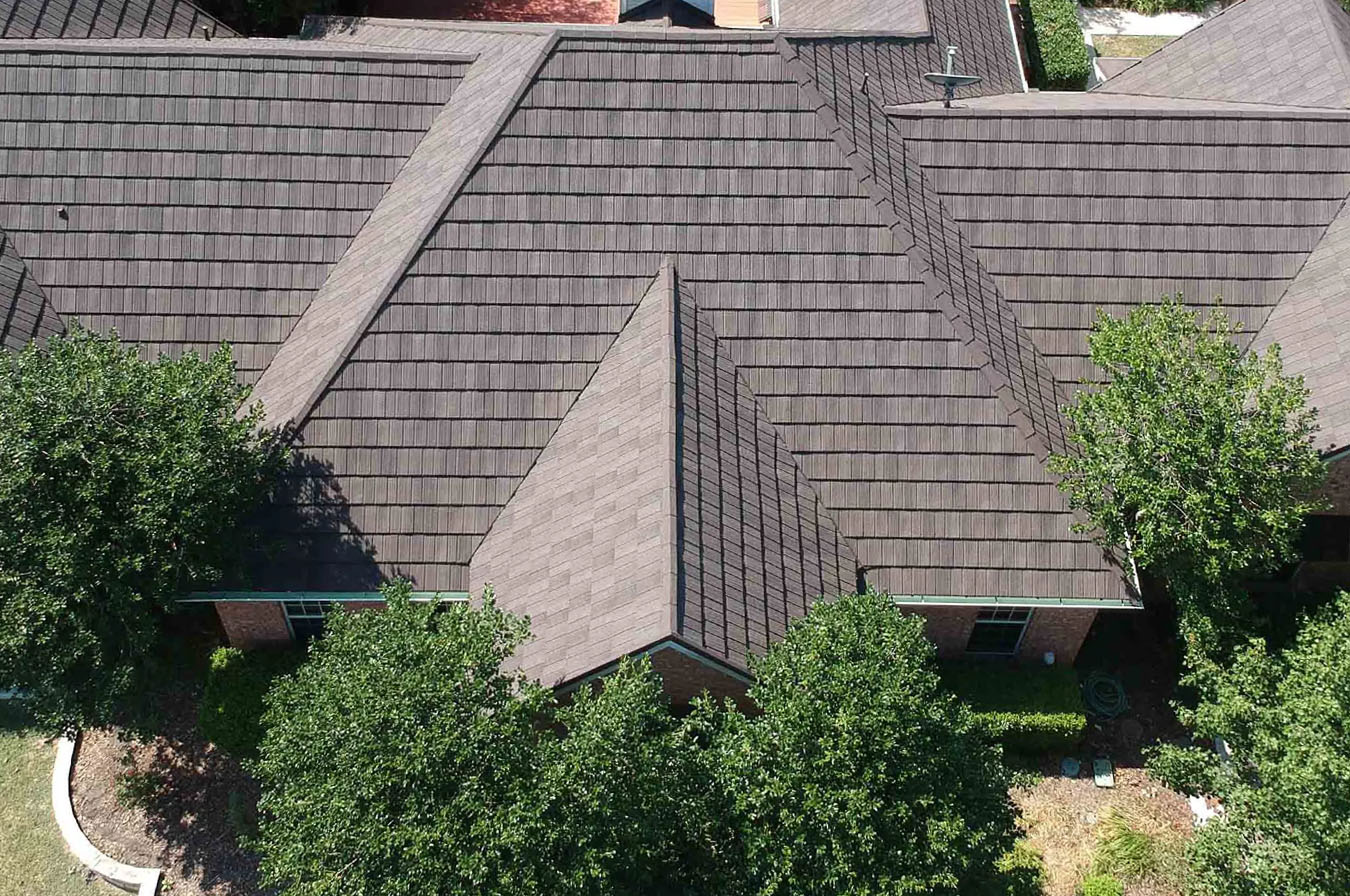
Stone-Coated Metal Roofing Myths You Shouldn’t Believe
If you live in Parma, Ohio and are shopping for a roof, you’ve probably come across a lot of claims (good, bad, and somewhere in between) about stone-coated metal roofing. Many of these myths come from outdated information, misunderstandings, or comparisons with older roofing tech. Before you rule out this durable roofing option, let’s set the record straight.
Why These Myths Persist About Stone-Coated Metal Roofing
Misconceptions spread because people compare apples to oranges: old styles of plain metal roofing vs. modern, stone-coated panels. Many myths survive because they sound plausible and are repeated often. But when you examine specifications, test results, and manufacturer standards (especially from top providers like Tilcor) you’ll see these myths don’t hold up.
Myth #1: “Stone-Coated Metal Roofs Are Loud When It Rains”
Myth statement: Rain or storms make stone-coated metal roofing extremely noisy.
Reality: Modern stone-coated metal roofing panels (like Tilcor’s) use textured stone surface, solid panel backing, and proper underlayment. These features dampen sound rather than amplify it. The stone granules plus the panel assembly reduce echo and sound transmission; often homeowners report they are quieter than older, thinner asphalt or sheet-metal roofs.

Myth #2: “They Get Too Hot in Summer / Poor Thermal Performance”
Myth statement: Metal = hotter house, higher air conditioning bills.
Reality: Tilcor’s stone coated metal roofs come with coatings and finishes that reflect solar energy and resist heat retention. Combined with proper attic ventilation and insulation, stone-coated metal roofs can help keep homes cooler. Compared with dark asphalt shingles, which absorb heat, stone-coated metal panels reduce heat load, and often outperform traditional materials on thermal efficiency.
Myth #3: “They Rust Quickly or Corrode”
Myth statement: Steel + moisture = inevitable rust and corrosion.
Reality: Tilcor roofing systems use ZINCALUME® steel or similarly treated steel substrates, which are engineered to resist corrosion. They are further protected via stone chip coatings, acrylic overglaze, and protective layers. These combinations slow and prevent corrosion; class ratings and tests (wind, moisture, etc.) show high durability even in wet or variable climates like Ohio.
Myth #4: “They Look Too Industrial / Limited Style Options”
Myth statement: Metal roofs only suit modern or industrial buildings; they look too plain.
Reality: Stone-coated metal roofing from Tilcor is designed to mimic traditional roofing styles like shake, tile, slate, shingle. Color palettes and profiles are wide, allowing homeowners in Parma to match architectural styles, HOA guidelines, or their own aesthetic. You don’t have to sacrifice style for performance.
Myth #5: “The Initial Cost Doesn’t Justify Long-Term Value”
Myth statement: Stone-coated metal costs too much upfront; asphalt shingles or tile are cheaper.
Reality: Yes, upfront cost is higher than basic asphalt shingles. But when you factor in lifespan, warranty, reduced maintenance, fewer replacements, and potential energy savings, stone-coated metal roofing often offers a better return on investment. Tilcor offers 50-year transferable warranties, high resistance to weather damage, and durability that lowers lifetime costs.
Why Tilcor Roofs Disprove These Myths
Tilcor is a manufacturer with robust product specifications. Their panels are tested for hail impact, wind resistance, fire class ratings, and more. The layers of protection (steel core, stone chips, acrylic overglaze) are engineered to resist corrosion, UV rays, and moisture. If you compare the specifications — such as wind uplift, hail ratings, warranty periods — Tilcor consistently performs at or above industry benchmarks.
For example:
- Class A fire ratings
- Long warranty periods (50 years)
- Tested wind and weather durability
These aren’t promises based on marketing fluff, Tilcor publishes product data that backs these qualities.
What to Do If You’re Considering a Stone-Coated Metal Roof in Parma, OH
- Ask potential contractors for Tilcor system specifications: wind rating, hail impact, fire class, warranty details.
- Compare samples of profiles and colors to see how they’ll look in local light. Parma can have bright sun and reflective surfaces, so color choice matters.
- Make sure roof decking, underlayment, and insulation are properly installed — even the best materials under poor installation show problems.
- Get multiple quotes from roofing contractors near Parma who are certified or experienced with stone-coated metal from Tilcor. Great Lakes Home Remodeling is one such company experienced with Tilcor installs.
- Review local weather history: snow load, hail, wind. A roof that can handle Parma’s weather will save repairs later.

